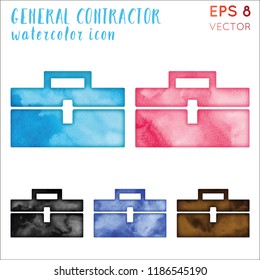Understanding Seasonal Influences On Commercial Outside Paint: Crucial Expertise For Success
Understanding Seasonal Influences On Commercial Outside Paint: Crucial Expertise For Success
Blog Article
Article Created By-McLamb Rodriquez
When you're intending a business external painting job, seasonal aspects can make or damage your outcomes. You'll intend to take into consideration exactly how temperature level and moisture effect paint application and drying times. Choosing the appropriate season can ensure your paint sticks correctly and lasts much longer. Yet which seasons are really the best for this type of job? Let's check out the crucial elements that can impact your project's success.
The Impact of Temperature on Paint Application
When you're intending a business outside paint task, the temperature level can considerably influence exactly how well the paint adheres and dries.
Preferably, you wish to repaint when temperatures range between 50 ° F and 85 ° F. If it's also chilly, the paint might not treat effectively, bring about concerns like peeling or fracturing.
On the flip side, if it's as well warm, the paint can dry too swiftly, protecting against correct adhesion and leading to an unequal coating.
You should additionally take into consideration the time of day; morning or late afternoon uses cooler temperature levels, which can be more desirable.
Constantly inspect the maker's recommendations for the specific paint you're using, as they frequently provide advice on the perfect temperature variety for optimum results.
Moisture and Its Impact on Drying Times
Temperature isn't the only ecological variable that affects your industrial external painting project; moisture plays a substantial duty too. High humidity levels can decrease drying times considerably, impacting the total top quality of your paint work.
When the air is filled with moisture, the paint takes longer to treat, which can bring about issues like poor attachment and a higher danger of mold growth. If you're painting on a particularly damp day, be planned for prolonged wait times between layers.
It's essential to monitor local weather and plan as necessary. Ideally, stellat for humidity levels between 40% and 70% for optimal drying out.
Keeping these factors in mind ensures your task stays on track and provides a long lasting surface.
Best Seasons for Commercial Outside Painting Projects
What's the best time of year for your industrial outside painting jobs?
Spring and early loss are typically your best bets. During these seasons, temperature levels are light, and humidity degrees are commonly lower, producing optimal problems for paint application and drying out.
Avoid check out this site , which can create paint to dry too swiftly, resulting in inadequate bond and finish. In a similar way, winter season's chilly temperatures can impede correct drying out and healing, taking the chance of the durability of your paint task.
Go for days with temperature levels in between 50 ° F and 85 ° F for ideal outcomes. Keep in mind to examine the local weather prediction for rainfall, as damp problems can wreck your project.
Planning around how long is paint good for in the can guarantees your paint job runs smoothly and lasts much longer.
Verdict
To conclude, preparing your industrial outside paint projects around seasonal factors to consider can make a substantial distinction in the result. By organizing work throughout the excellent temperatures and humidity degrees, you'll make sure much better adhesion and drying out times. Keep in mind to keep an eye on neighborhood weather forecasts and select the right time of year-- spring and very early fall are your best choices. Taking these steps will certainly aid you achieve a sturdy and expert surface that lasts.
